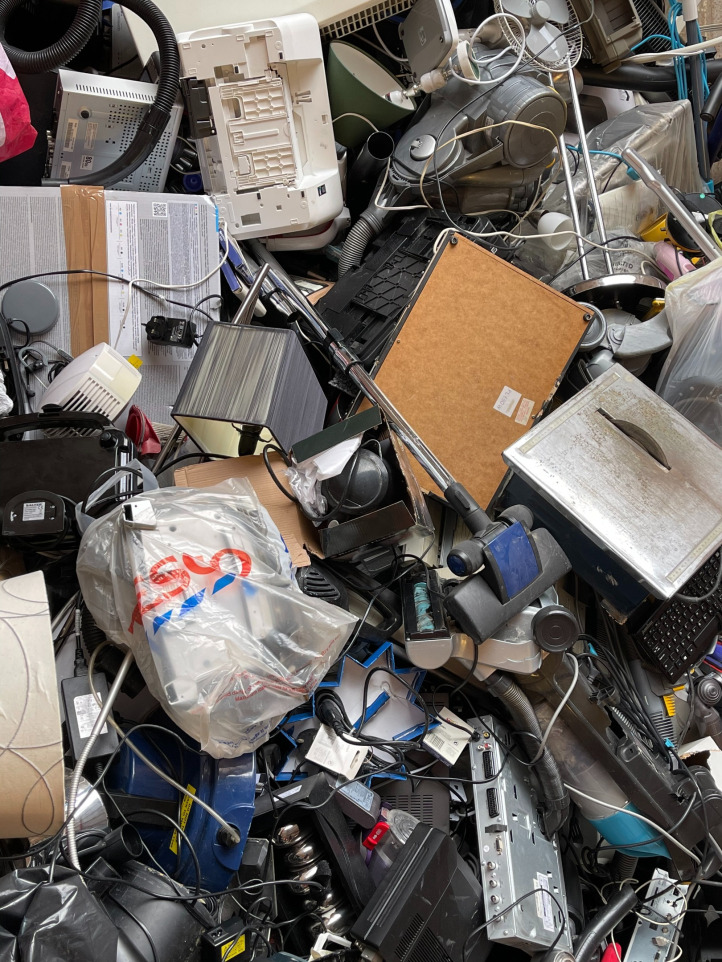The Right to Repair and Climate Justice
By Keduse Bekele for BST 293 A - Social Justice in STEM
The Right to Repair is a movement that intends to restore product ownership to consumers.
In the 20th century, many electronics and appliances came with repair manuals; and for anyone who requested it, schematics were also available to understand how the components on a circuit interact in order to do low-level repairs.
Today, finding repair manuals that come with a product or are available is something that has become increasingly slim. On top of that, obtaining schematics have become near impossible due to non-disclosure agreements and copyright laws.
Consequentially, manufacturers that make devices have the final say in whether or not a device can be repaired, who can repair them, and how much a repair costs -- no matter what is actually wrong with it.
It's not just repair, though. This also extends to how you use the device, even though you "own" it.
From (TheRoundUp.org), we've prodouced about 50 Million Metric Tons (Mt) of electronic waste anually across the globe. From that amount, only about 20% of it is recycled. The UN has estimated that the amount generated will double to 120 Mt by the year 2050.
The Right to Repair curbs the generation of e-waste because it stops broken electronics and appliances from ending up in landfills and it promotes easier recycling of those things.
There are also illegal exports of e-waste to developing countries, where workers use dangerous and toxic processes to extract precoius metals from those electronics. Right to Repair would also discourage this practice because electronics that were no longer usable would now be able to have a second life.

Domestic appliances being recycled, SW London (Photo by John Cameron on Unsplash)
